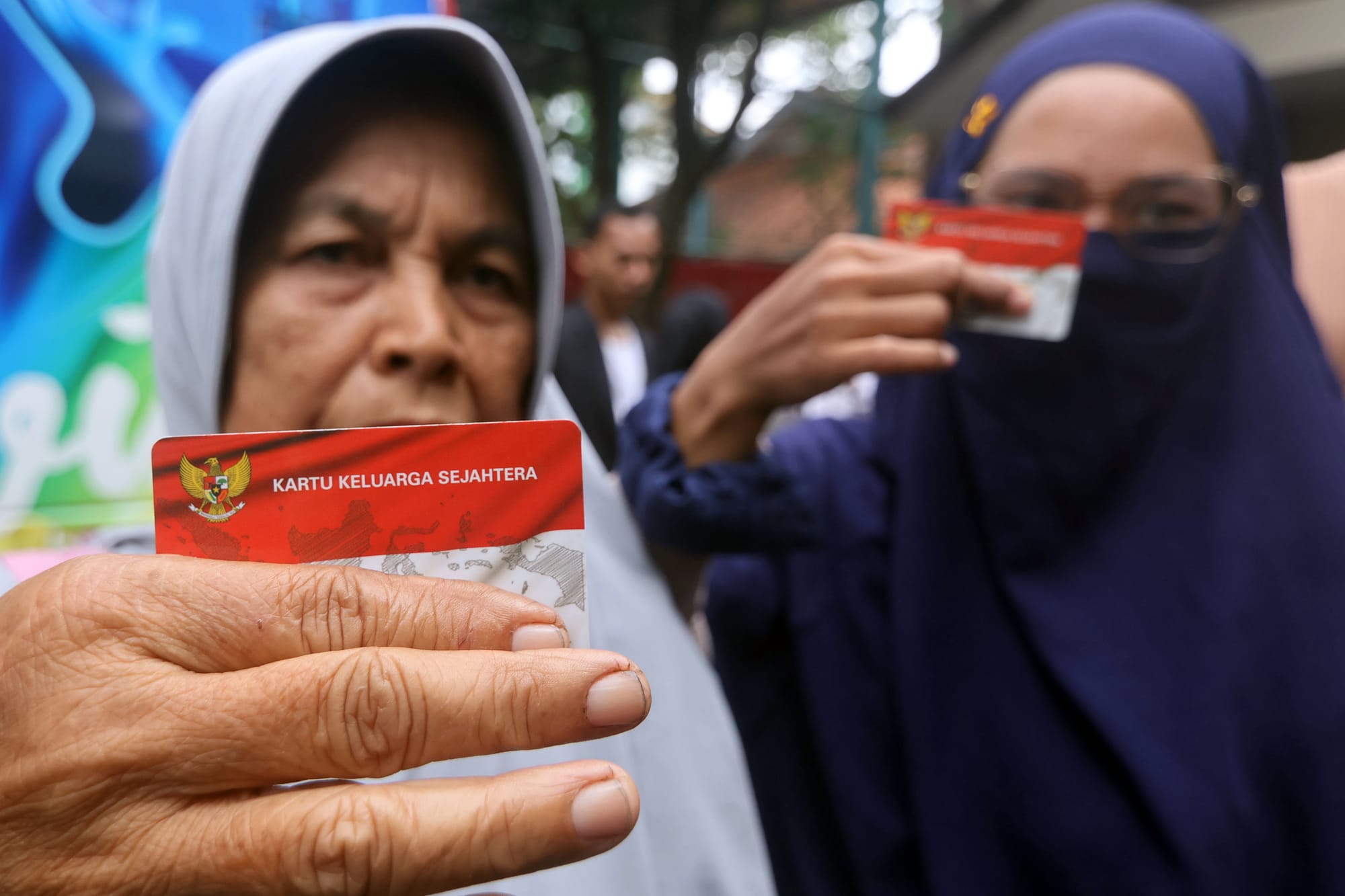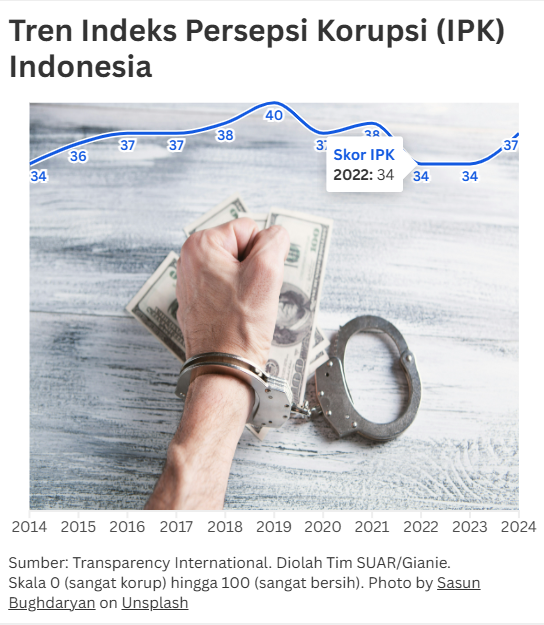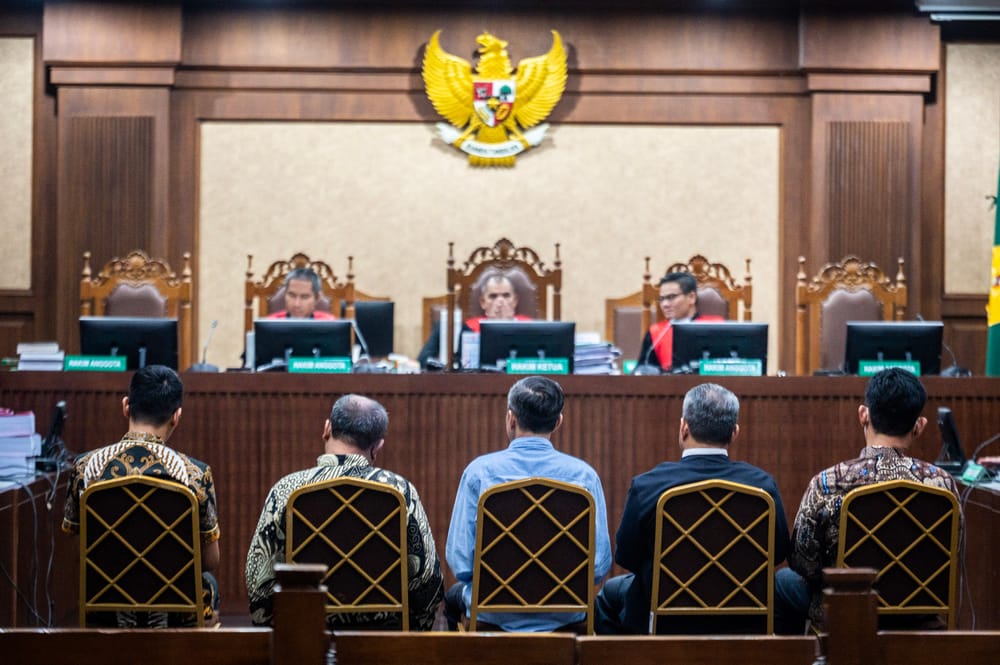For decades, the Indonesian population that falls into the middle class has proven to be a major driver of economic growth. Unfortunately, in the last five years, the number of middle class Indonesians has shrunk. Acceleration policies, and even social protection, are needed so that the number of middle class people does not continue to decline.
Various World Bank reports say that a large middle class leads to higher domestic consumption, because the middle class has a higher consumption tendency (marginal propensity to consume) than the rich and has a larger income than the poor.
“Expanding the number of middle-class people is very important for Indonesia to unlock development potential and drive this country towards high-income country status.” (Aspiring Indonesia: Expanding the Middle Class. World Bank, 2020)
Investment in human resources is key to acquiring the skills needed and to increasing productivity.
According to the World Bank, there are several homework assignments that the government must do in order for the number of middle class Indonesians to increase.
First, improve education and health services and quality. Investment in human resources is key to acquiring the skills needed to get decent jobs and income, and to increasing productivity which accelerates economic growth.
Second, improve tax policies and administration, so that the government will be able to collect funds from the growing middle class to build infrastructure. The existence of infrastructure is important for increasing productivity.
The definition of middle class, according to the World Bank, is a group of people with expenditure (as a proxy for income) in the range of 3.5–17 times above the poverty line.
However, the economic shock due to the pandemic has reduced the number of middle class Indonesians. If before the pandemic the number of middle class Indonesians was 57.33 million people (2019) or 21.45%, in 2024 the number fell to 47.85 million people or 17.13%.
Middle-class residents with high levels of expenditure due to creeping inflation live in conditions far from prosperous. With fewer jobs due to many layoffs, income is just enough because they are then only able to work in the informal sector.
Because income is just enough, the solution is to curb spending or reduce unnecessary needs. In addition, the ability to save becomes limited. In fact, a phenomenon arises called “mantab”, which means eating into savings.
The condition of the less prosperous Indonesian middle class is recorded in the Semesta Dunia Usaha Survey conducted by the SUAR Team recently. According to the sources, who mostly come from the business world, the Indonesian middle class is not yet prosperous because of the low purchasing power (44.8%) and limited savings conditions (24.1%). This group also still finds it difficult to get jobs in the formal sector and decent incomes (89.5%).
The middle class is not classified as poor. However, if there is an economic shock, it will make them fall into poverty.
As middle-class citizens, they do not receive adequate social protection. They do not receive social assistance because they are not poor. However, a number of economic experts suggest that the middle group, especially the lower middle class or those included in the aspiring middle class, also receive social protection. They are indeed not classified as poor. However, if there is an economic shock, it will make them fall into poverty. Therefore, it is necessary to formulate a social protection instrument that is suitable for the middle class.
Survey sources agreed that the government needs to expand the scope of social protection so that it not only targets the poor, but also the middle class. This was conveyed by the majority (86.8%) of respondents.
This is partly based on the consideration that the middle class can prosper, or at least not fall into poverty (30.3%). The main reason is that the existence of the middle class will encourage economic growth (42.2%) – especially through consumption and job creation. In addition, there is also a reason based on the principle of justice.
A small number of sources stated that the middle class does not need social protection, because they believe that the middle class is an independent group. The existing social protection programs are sufficient for the targeted group, namely the poor.
The formulation of appropriate instruments for the middle class needs to be considered. This is because the existence of the middle class has implications not only economically, but also socio-politically. If the condition of this middle class group is ignored, it will have socio-political implications in the future.
The middle class with a fairly high level of education and income is more critical and dares to voice aspirations to the government.
The reason is that, as a developing middle class – generally residents with a fairly high level of education and income – they are more critical and dare to voice aspirations to the government. As a critical group, they will demand quality public services, justice and better governance.
The aspirations of the middle class will continue to increase. They will not only talk about "needs", but also about "wants" and ideals for a better life. That is why the government cannot only focus on the poor, but also on the middle class. Including social protection.





